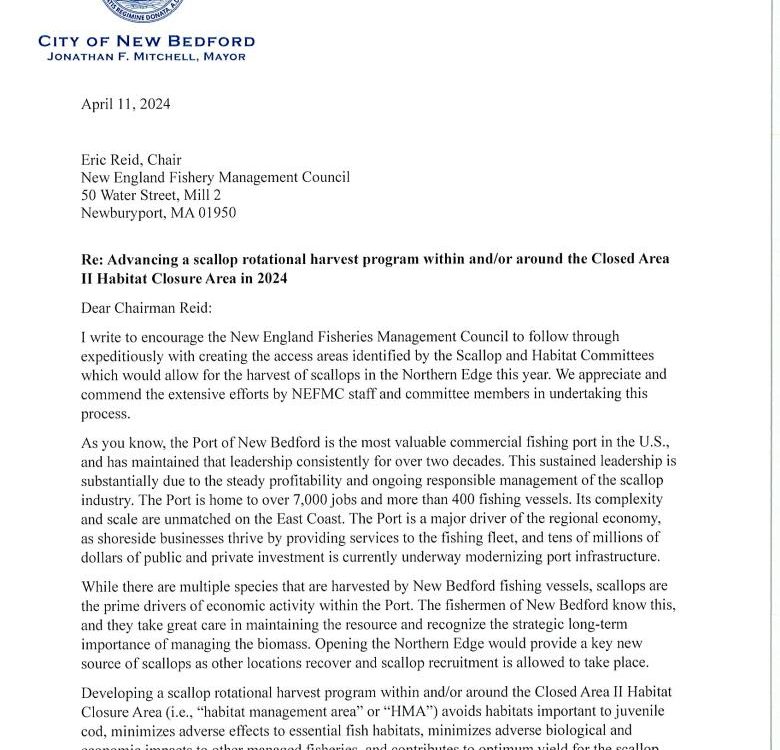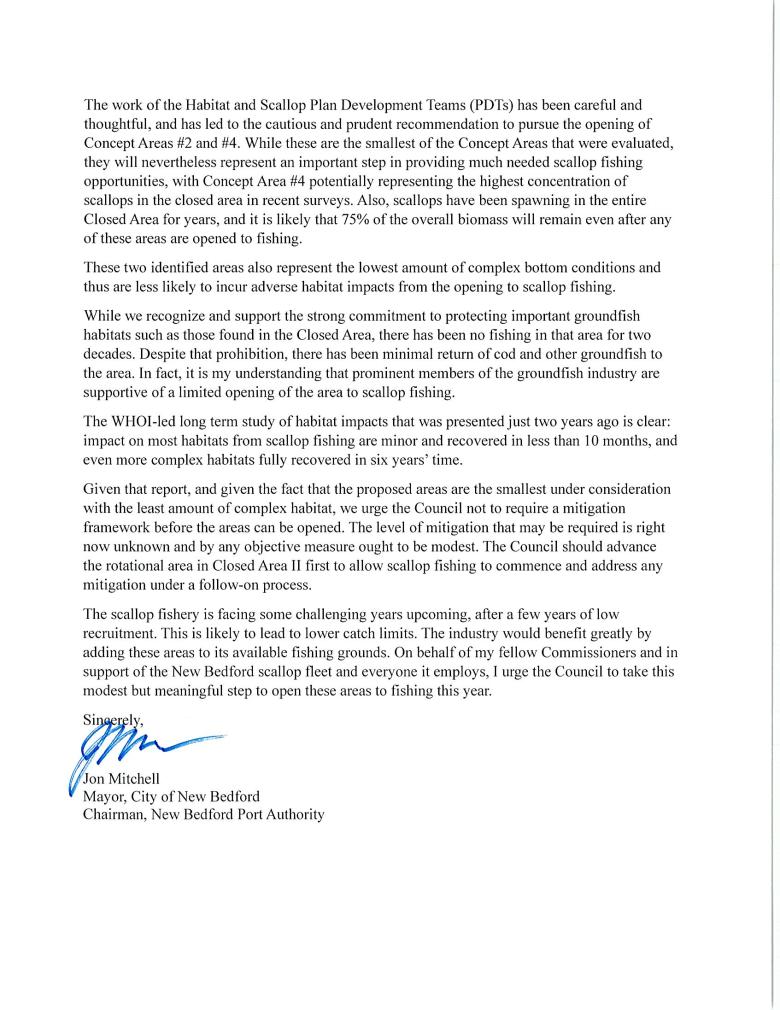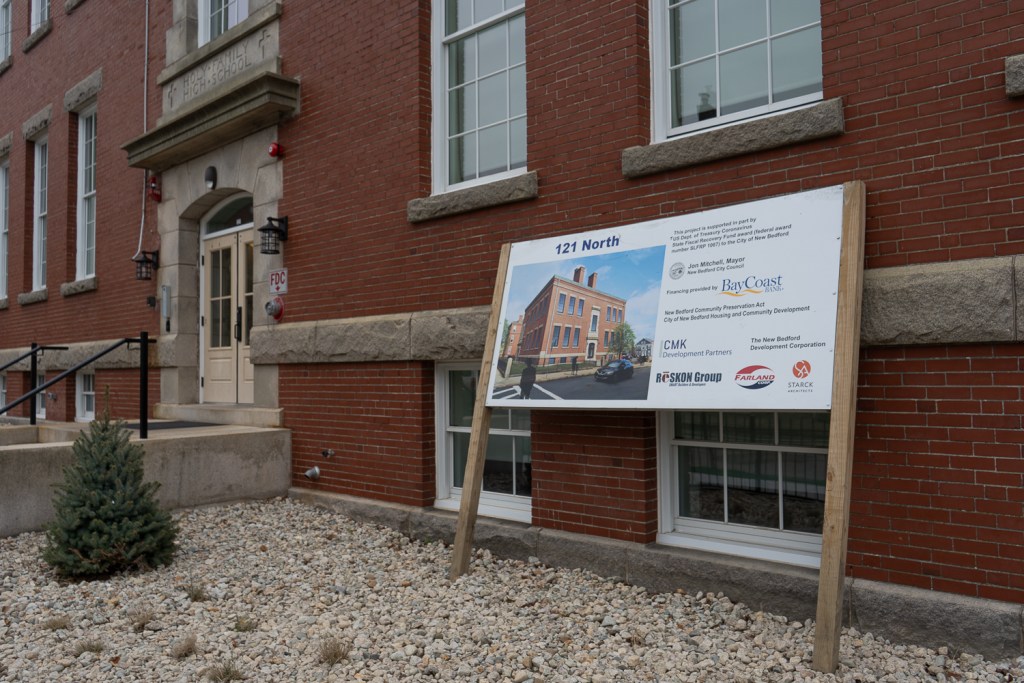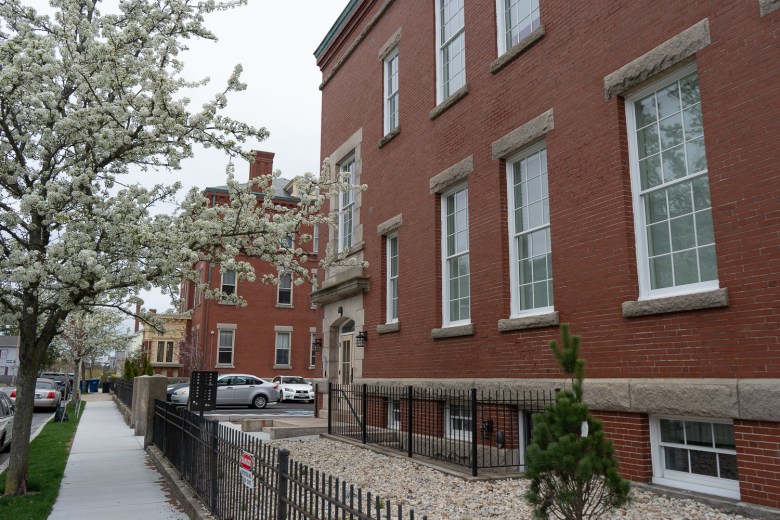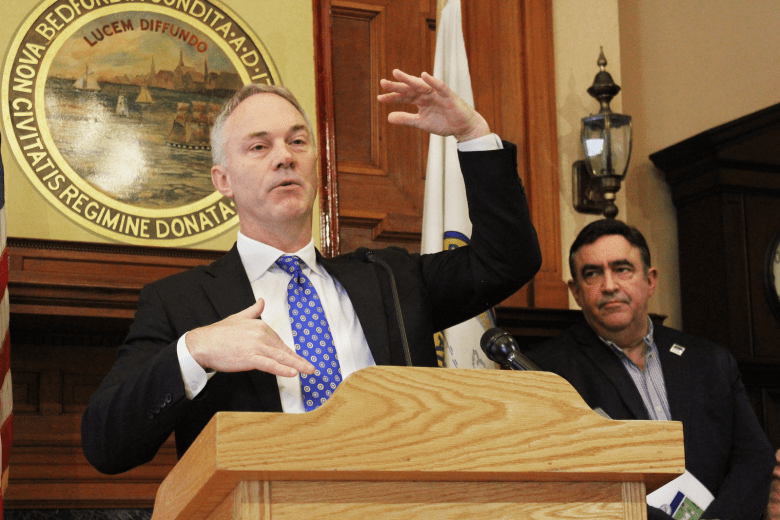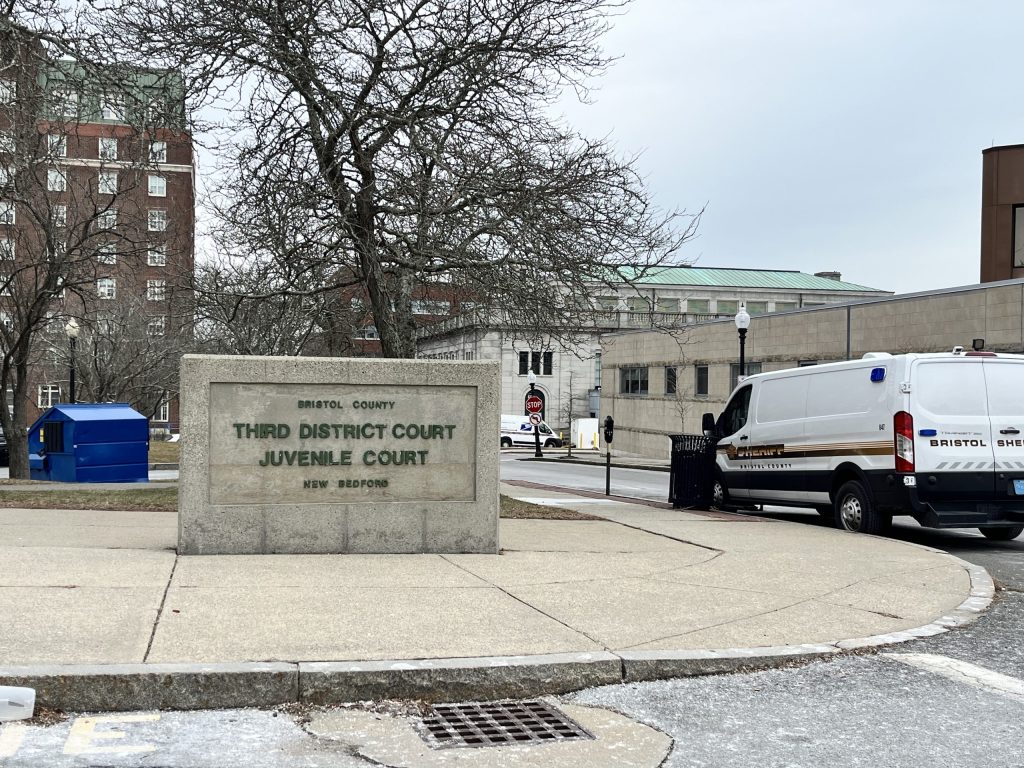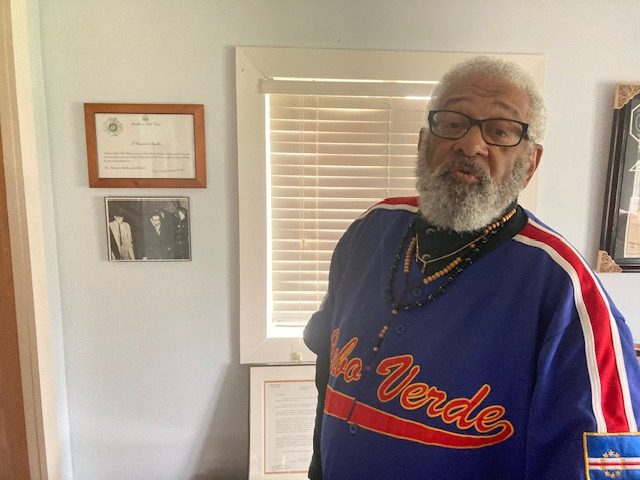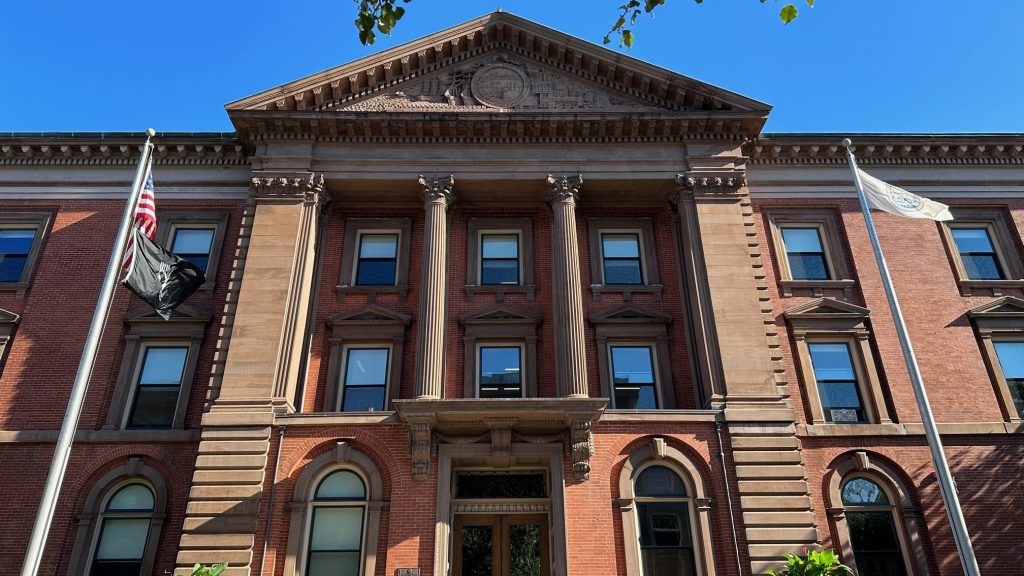
NEW BEDFORD — The mayor and the Retirement Board are tangled in a dispute involving pension costs, the open meeting law and a potential swing vote on the board.
The conflict has been building for years, but took a few turns last week.
Late Thursday afternoon, Mayor Jon Mitchell’s office released a lawyer’s letter asking the state attorney general to nullify the vote the board took at the session on Feb. 12 that was found in court to have violated the open meeting law. A Superior Court judge on April 16 imposed a $500 fine, but the administration argues that the just penalty would be tossing out the vote taken that night to appoint the fifth board member.
Under state law governing the retirement system, if the fifth seat is not filled within 30 days after it becomes vacant, the mayor gets the appointment subject to City Council approval. Nullification could potentially allow the mayor to appoint that member, giving him three friendly faces, a majority vote.
A city spokesman said it appears this is the first instance of a party in an open meeting law case asking the attorney general to intervene after a court ruling. The board’s lawyer said this would be asking the attorney general to overrule a Superior Court decision, and he knows of no instance of that happening.
The letter written by a private lawyer on behalf of the city solicitor was emailed to the Attorney General’s Division of Open Government and to the board on Wednesday afternoon. That was hours before the board met Thursday morning and approved the maximum allowable pension cost of living adjustment (COLA) of 3%.
At the Thursday meeting, Christopher T. Saunders, the member named to the board at the disputed February session, critiqued city spending, while pointing to opposition to COLAs as a motivation in the case that the board lost in Superior Court.
The vote on the 3% increase went 3-2, as these votes often have in the past.
The “no” votes on Thursday were cast by the mayor’s appointee, Angela Natho, and City Auditor Emily Arpke, who serves on the board due to her official position. Voting “yes” were chairman Leonard Baillargeon, James Kummer, and Saunders, a member of a prominent political family who also serves as Bristol County Treasurer and a member of the Bristol County Retirement Board.
As the COLA increase applies only to the first $14,000 of the annual pension, the sum comes to $420 per year, or $35 a month. The increase taking effect on July 1 will go to some 1,800 beneficiaries, most of whom worked for or are related to people who worked for the City of New Bedford.
Since local retirement boards assumed authority to control COLAs in 1999, the New Bedford board has voted for the top limit all but once, when it agreed to a 2.5% boost, said City Chief Financial Officer Robert Ekstrom. Before 1999, the increases were managed by the state.
Mitchell was not happy with the board’s vote.
“For years, the New Bedford Retirement Board has recklessly boosted retiree benefits to a level the city simply cannot afford,” Mitchell said in a statement released late Thursday afternoon.
The mayor noted that of 105 local retirement systems in the state, New Bedford’s ranks fifth-lowest in terms of the “funded ratio,” a key measure of the system’s financial health. It refers to the portion of total obligations of the system that are covered by money currently invested. The higher the number the better.
New Bedford’s ratio stands at 52.2%. That’s better only than two other cities, the Boston teacher’s union and a system that serves employees of some 100 government units in Worcester County. The other two cities in the bottom five are Springfield, the lowest in the state at 35.6%, and Fall River, the fourth-lowest at 50.9%.
Board members on Thursday put the city’s low ratio on years of under-funding by administrations before Mitchell’s. Kummer said it goes back to Proposition 2½, the 1980 state law that limited annual increases in sums raised by personal property and real estate taxes.
The plan is to comply with state law by reaching full funding by 2035. Getting there will raise the city’s fund contribution a bit more than 6% a year.
As a result of the board’s COLA decisions, Mitchell said, city “taxpayers are being forced to make annual payments to the fund that are now greater than the operating budgets of the city’s police or fire departments. Despite this enormous imposition on taxpayers, the retirement board recently elected a fifth member of the board in violation of the state’s Open Meeting Law, and his deciding vote today will result in still more unaffordable benefits.”
Saunders said the system’s overall funding plan has been shaped in consultation with the city. Ekstrom said the city and the board consult every two years on an overall plan to fund the system, but not on annual COLAs.
“We did not sign on for 3% COLAs,” Ekstrom said. He said when he was on the board as the ex-officio member, he urged following the guidelines of the state authority that runs the system and Social Security, but was consistently on the losing side of the vote. Even in years when both of those agencies said the cost of living increase was zero, the Retirement Board voted the 3% COLA, he said.
At the Thursday morning meeting, Saunders offered his own critique of city spending before he voted for the COLA. He said he was spending nearly $10,000 a year in city property taxes, but not “because of this board. It’s because of spending in the city.”
He said the board does not have the “authority to screw members (of the retirement system) to balance the city budget.”
He mentioned some $15,000 in ARPA funds that had been spent during the pandemic on Dunkin’ Donuts gift cards for people who took vaccines, and $1.5 million that has been approved to support a redevelopment project on Union Street and Route 18. He noted that the city received nearly $65 million in ARPA funds in 2021, and wondered if some of that money could be used to defray expenses, including public works costs.
City Auditor Arpke said more than 80% of ARPA money has been used for projects related to economic development meant to cultivate the city’s commercial tax base, easing the burden on homeowners. She said using one-time allocations such as ARPA money to cover ongoing expenses would be a mistake, potentially leaving the city budget with chronic shortfalls.
The city’s retirement fund allocation for the current budget is nearly $38 million, or about 9% of the general fund budget of $416.5 million. The figure is expected to rise to nearly $40.7 million for next fiscal year, Ekstrom said.
Saunders noted during the meeting that the claims made in the open meeting law complaint filed by City Solicitor Eric Jaikes and five city residents include a passage referring to COLAs and the fact that the city’s contribution to the retirement fund had reached “a sum larger than that of the annual budgets of the City’s police and fire departments.”
Bristol County Superior Court Judge Daniel J. O’Shea ruled on April 16 that the board violated the open meeting law by holding the session to appoint Saunders on Feb. 12.
According to O’Shea’s decision, the board on Feb. 9 posted meetings for Feb. 12 and 13. The Feb. 12 agenda showed that candidates for the seat were to be interviewed. The Feb. 13 agenda showed that the only business was to vote on the appointment.
During the Feb. 12 meeting, discussion arose about the forecast of a snowstorm and City Hall being closed the next day. Board members then talked about voting on the fifth member right away.
Board members were facing a Feb. 22 deadline to fill the seat before Mitchell would be allowed to make the appointment.
According to the judge’s opinion, Retirement Board Executive Director Eric C. Cohen expressed concern that if they took the vote on Feb. 12, it could violate the open meeting law. Baillargeon urged going ahead with the vote, saying he would “take full responsibility if there was a problem,” the judge said in his decision.
The board adjourned, then two minutes later opened a new meeting to vote on the fifth member. That was the problem, the court said.
Because there was no public notice about the second reconvened session on Feb. 12, O’Shea ruled that the board violated the open meeting law. The possibility of a snowstorm did not qualify under the law as an emergency, Cohen had cautioned about a possible violation, and “there simply was no legitimate excuse for the Board’s procedural misstep on February 12th,” O’Shea decided.
The judge’s language there is more consistent with the board’s argument characterizing the violation as a mistake than it is with the city’s claim of a deliberate act.
The complaint asked the court to find the violation, to impose a penalty up to $1,000, and nullify the vote. O’Shea imposed a fine of $500 and did not nullify the vote.
In an interview, board lawyer Michael Sacco said because the judge let the vote stand, it’s effectively “an affirmation that the vote was valid.”
For that reason, he said, the city in effect is asking the attorney general to overrule the judge. He said he knows of no case law in which that has happened. He said the city would have to appeal the decision to the court.
City spokesman Jonathan Darling said there’s no precedent for this action known to the City Solicitor’s Office.
“We believe that we are the first entity to file an open meeting law complaint with the court, and then seek additional action from the attorney general,” Darling said. He said the city did not see it as asking the attorney general to overrule the judge, but to take additional punitive steps based on the finding of a violation.
Email City Hall reporter Arthur Hirsch at [email protected].
More stories by Arthur Hirsch
The post Mitchell and Retirement Board spar over newest member appeared first on The New Bedford Light.



